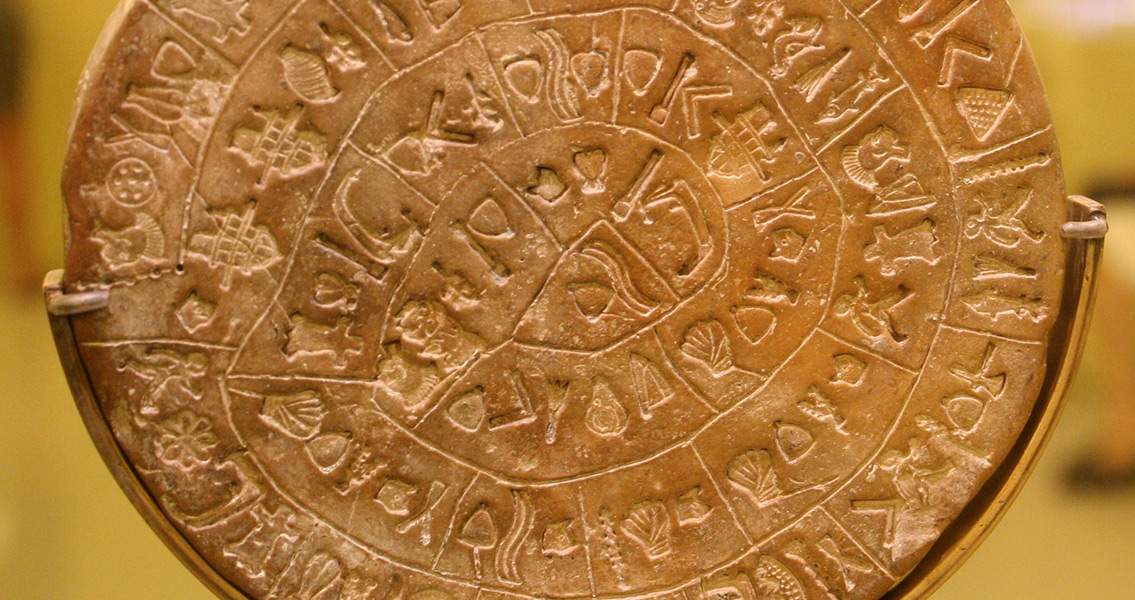<![CDATA[A fired clay disk discovered on the Greek island of Crete in the ruins of the ancient city of Phaistos, stamped with countless symbols on both sides, has been reportedly deciphered by archaeologist Gareth Owens. In an interview with the ANA-MPA news agency, Owens, who is also a linguist and the Erasmus Program coordinator of the Crete Technological institute, remarked that his research has yielded new data in solving the mystery of the meaning of the Phaistos Disk. Originally, Owens had felt that the disk referred to an individual known as the “pregnant mother”, but he has since changed his tune, now believing that the individual is a “pregnant goddess”. Additionally, it’s not just any goddess but Astarte, an ancient figure of sexuality, fertility, and warfare, associated with the planet Venus. Owens remarked that he was convinced beyond the shadow of a doubt that the Phaistos disk is clearly a religious text. His conclusion is based upon comparisons made between the disk and inscriptions found in Crete’s mountains, which were once considered holy sites. Many of these words were identical between the mountain inscriptions and those found on the disk, Owens added. The two sides of the disk bear different types of prayers and hymns to Astarte, according to the archaeologist and linguist. The aspect of Astarte as a goddess of love and fertility is the “pregnant goddess”, while the reverse is dedicated to the Minoan version of Astarte, which is closer to the goddess’ Mesopotamian roots in Ishtar than the softer, kinder incarnation that would one day become known as Venus. Originally discovered by Italian archaeologist Luigi Pernier, the disc was uncovered in the eponymous city at the site of the Minoan palace. The Phaistos Disk bears 45 unique signs in varying combinations. These signs appear a total of 241 times on both sides of the disk. They were likely made by pressing raised seals into the clay of the disk while it was still soft. The glyphs spiral along the outside edge and work their way inwards to the center on both sides. The age of the artifact is considered to be somewhere between 3,000 and 4,000 years, placing it squarely within the second millennium BCE. Most experts have assumed the disk is from either the Middle or Late Minoan periods based on the notes of Pernier and subsequent studies of the artifact. There has been some controversy surrounding the authenticity of the Phaistos Disk, with a select few claiming the artifact may be a forgery dating to 1908. However, with the accompanying discoveries of a bronze axe head dating to the same period with similar markings, the chances of it being a forgery seem slim. Additionally, the discovery of a gold signet ring that bears symbols on it inscribed in the same spiral pattern is also widely considered evidence that the Phaistos Disk is indeed authentic. Image courtesy of Wikimedia Commons user: PRA ]]>
Mystery of the Phaistos Disk Reportedly Solved
